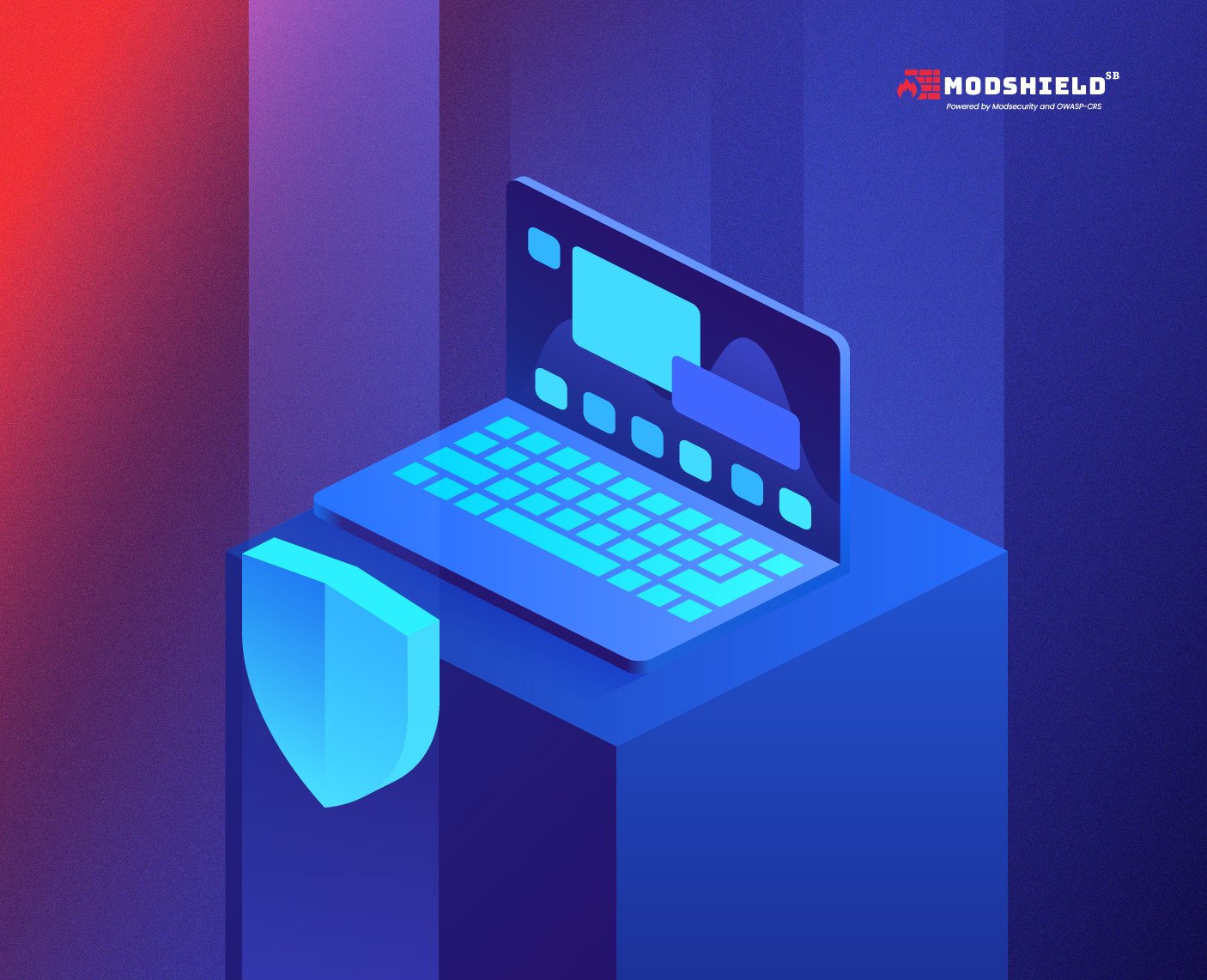How does WAF add a layer of security when using web-based applications?
How does WAF add a layer of security when using web-based applications?

The internet has opened a horizon of possibilities for businesses and individuals alike. However, with the increased convenience comes heightened security threats to web-based applications. A Web Application Firewall (WAF) is crucial in safeguarding web applications by filtering and monitoring HTTP traffic between a web application and the internet. In this blog, we’ll delve into the intricacies of how WAFs work, the various types you can employ, and the myriad benefits they offer.
Common web vulnerabilities
Before we explore the protective layer added by WAFs, it’s essential to understand the common web vulnerabilities they guard against:
- SQL Injection (SQLi): The attacker exploits an input form to enter SQL commands, which then get executed by the backend database.
- Cross-Site Scripting (XSS): Malicious scripts are injected into the content being delivered to the browser, potentially hijacking user sessions or defacing websites.
- Cross-Site Request Forgery (CSRF): Unauthorized commands are transmitted from a user that the web application trusts.
- File Inclusion Vulnerabilities: The inclusion of files that have not been adequately secured, leading to the execution of malicious scripts.
- Security Misconfigurations: This encompasses many inadequate default settings and careless security practices.
How does WAF add a layer of protection to the web application?
A WAF serves as a shield between the web application and the internet. Here’s how it adds an extra layer of security:
Inspection and Filtering
WAFs inspect incoming HTTP requests for potentially harmful content. Proactive filtering based on established security policies helps to block malicious traffic before it reaches the web application.
Customizable Rules
WAFs can be finely tuned with custom rules to address the unique security needs of different applications. This means specific known vulnerabilities can be quickly mitigated.
Blocking Sophisticated Attacks
Apart from protection against common attacks, WAFs can also defend against Zero-Day exploits—vulnerabilities that are not yet known or patched.
Monitoring and Logging
The WAF provides detailed logging of all traffic, offering valuable insights into attack patterns and helping developers understand and reinforce security measures.
Types of WAF
WAFs can be categorized based on their deployment methods or techniques used:
- Network-Based WAF: Deployed on-premises, it is often hardware-based and reduces latency because the WAF is usually installed on the local network.
- Host-Based WAF: This is implemented within the application’s software. It can be more customizable but may incur performance penalties.
- Cloud-Based WAF: Offered as a service, it provides a cost-effective and scalable solution with less maintenance required from the user’s end.
Benefits of using WAF
The implementation of a WAF comes with significant benefits:
- Compliance: It helps meet different compliance standards, such as PCI DSS, which is vital for credit card businesses.
- Protection Against Data Breach: WAFs protect sensitive customer data from breaches by blocking malicious activity.
- DDoS Protection: Modern WAFs have features that help mitigate Distributed Denial of Service (DDoS) attacks.
- Adaptability: WAFs can update and create new rules, adapting quickly to protect against new threats as they emerge.
Choosing the suitable WAF for your web application
The future of WAF technology
As the threat landscape continues to evolve, the future of WAF technology is expected to bring even more advanced capabilities to protect web applications:
Protect your web application from emerging threats with Modshield SB, a robust and customizable Web Application Firewall (WAF) that safeguards your online assets. Modshield SB’s advanced features, including AI-powered threat detection and mitigation, seamless integration, and comprehensive reporting, ensure your web application’s security is in good hands. Learn more about Modshield SB and how it can enhance your web application’s security today.
